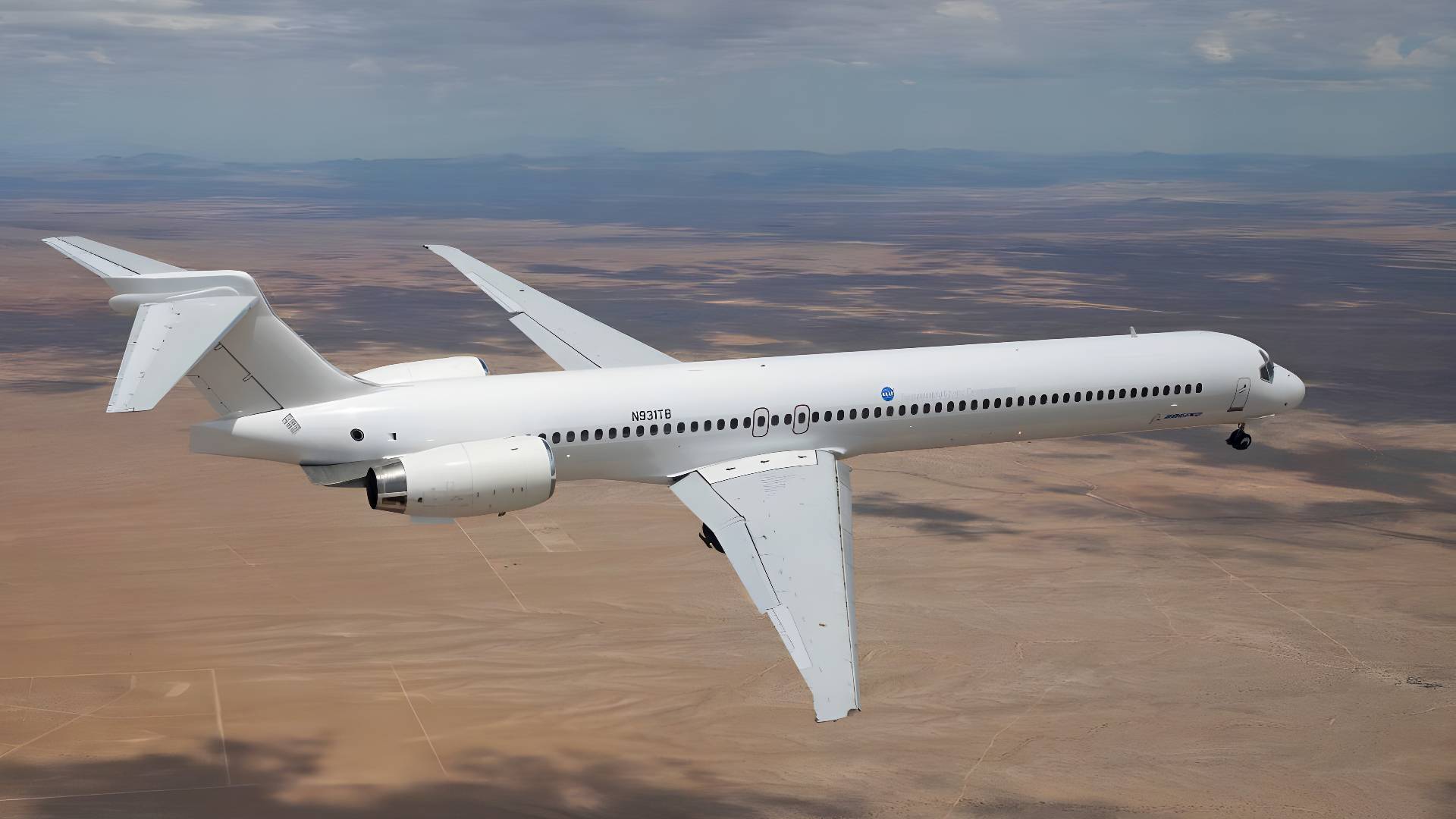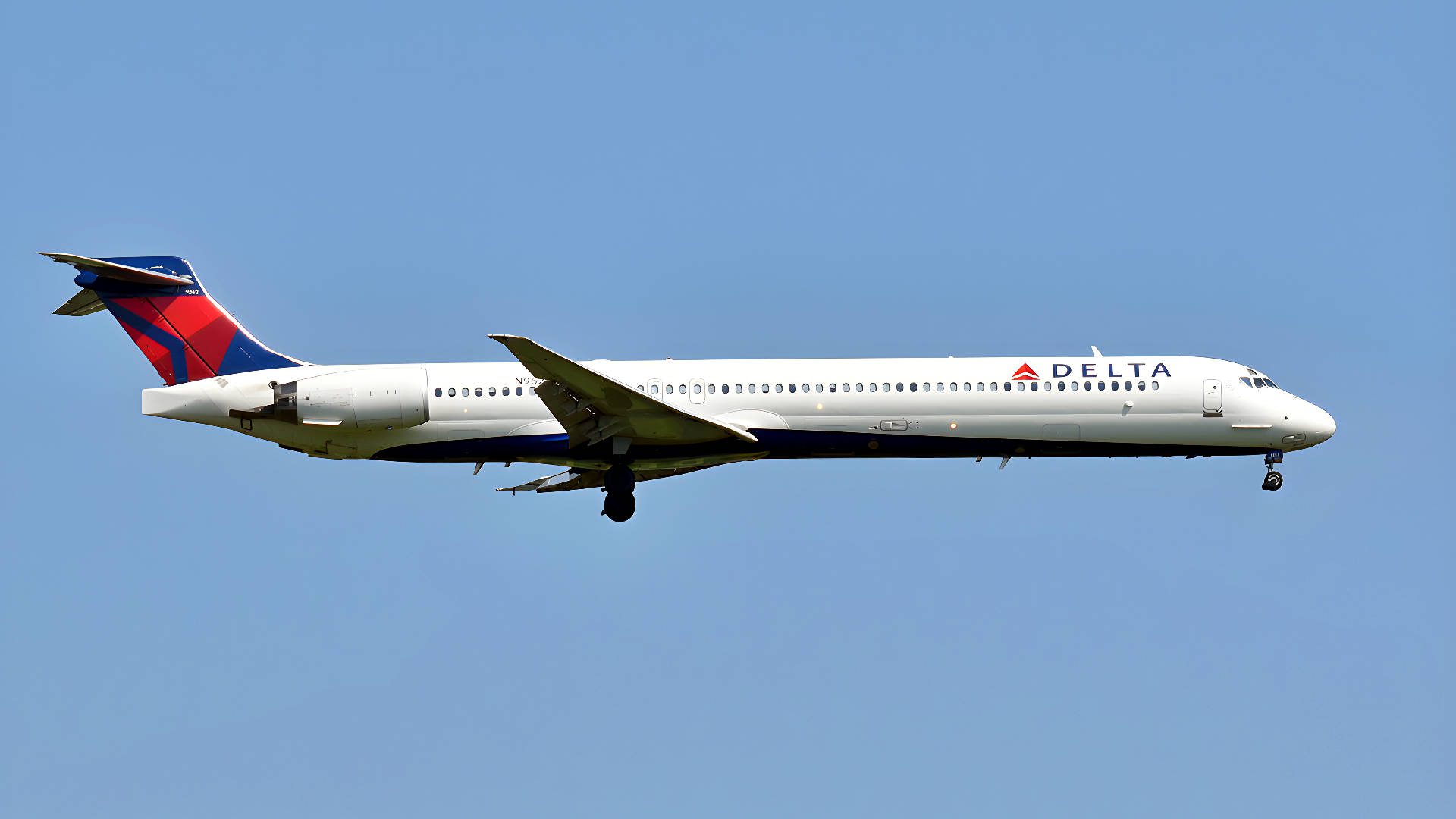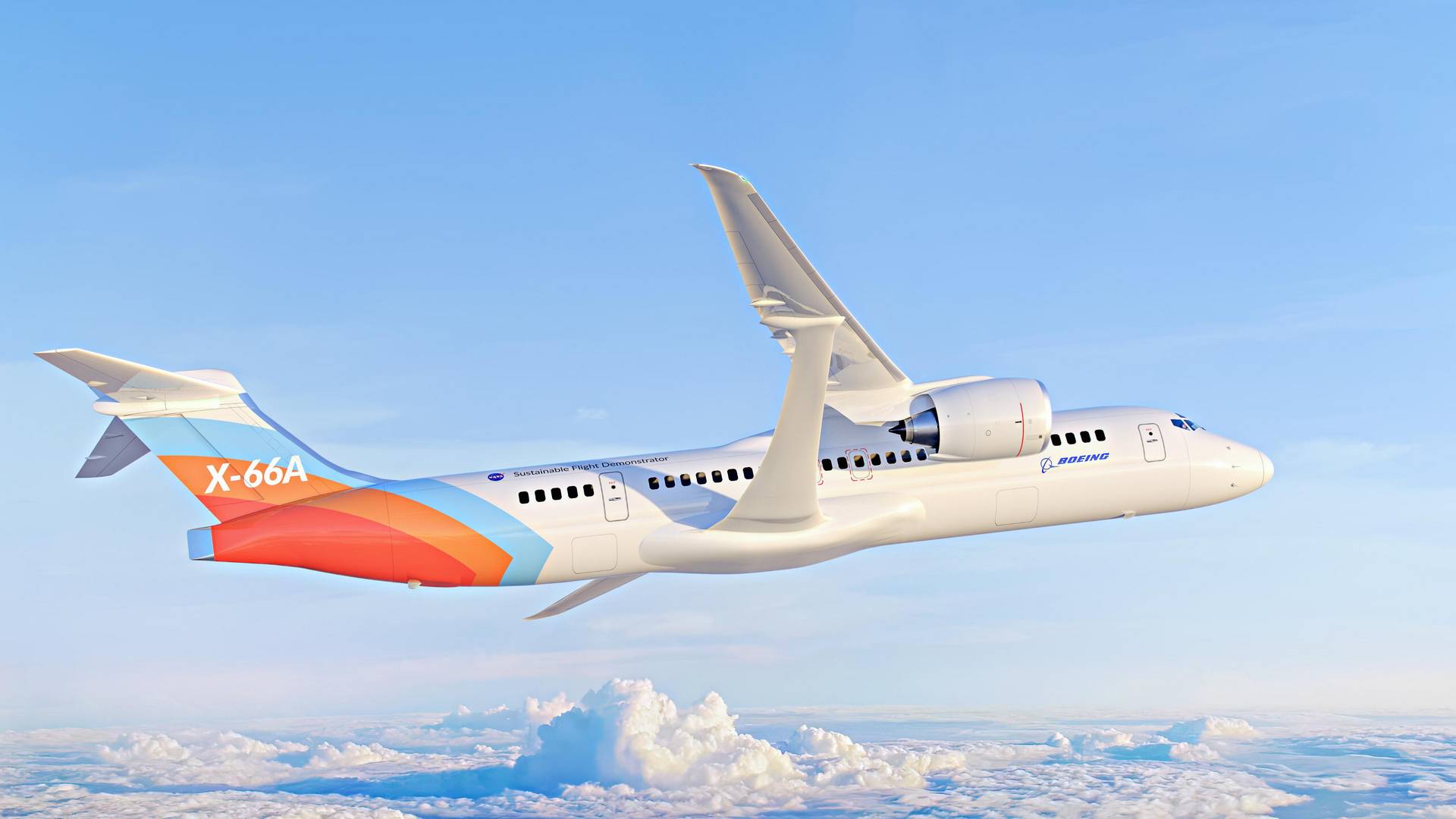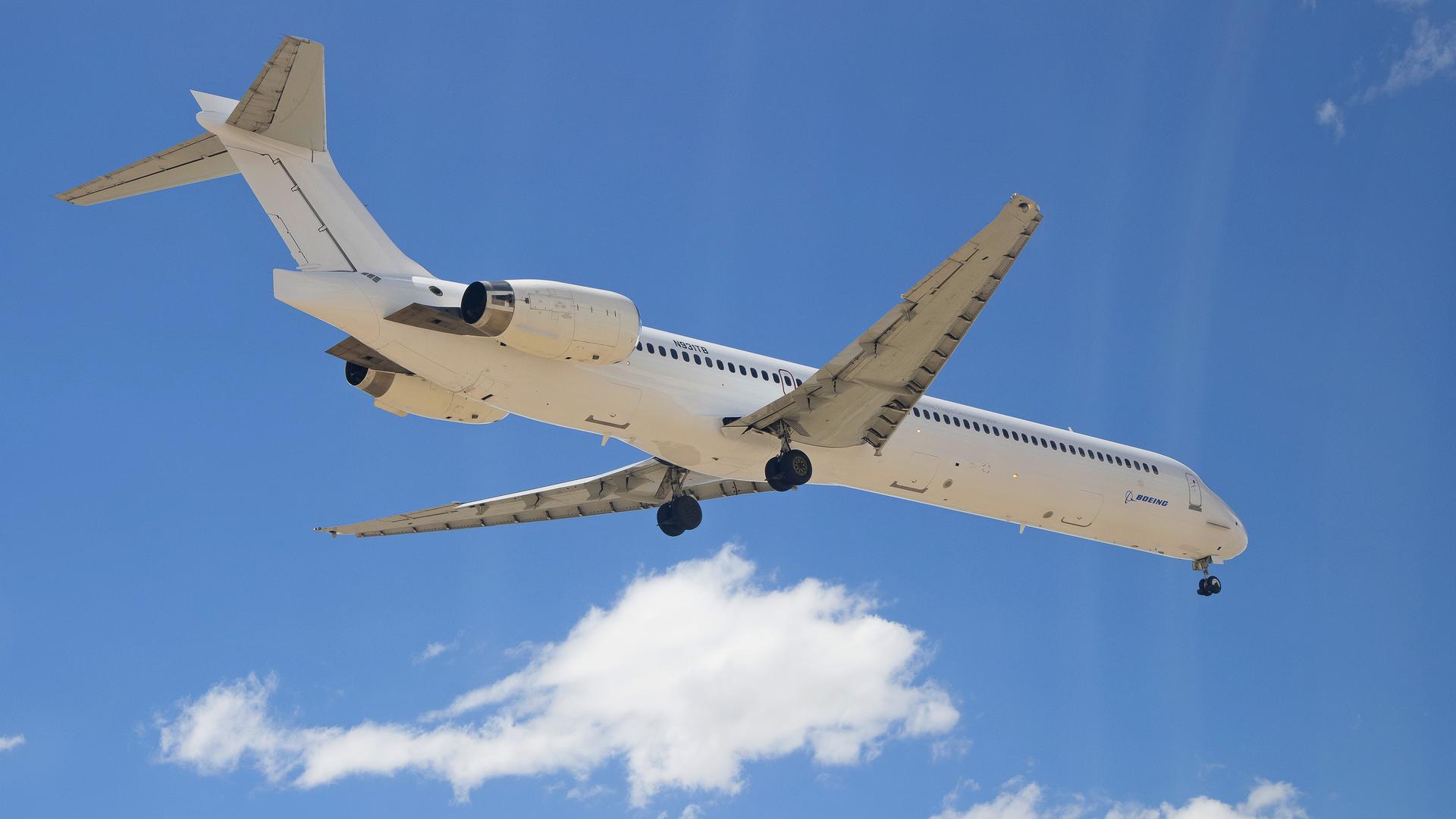Boeing and NASA’s Transonic Truss-Braced Wing program moves to the next step, with the MD-90 “donor” airframe reaching its conversion site.

As we saw in a recent article, there are some strong indications that Boeing will likely use the transonic truss-braced wing (TTBW) design of the X-66A project, for its next all-new airliner. Scott Hamilton in Leeham News recently noted that Boeing will retain its intellectual property on the TTBW, despite NASA’s lead in the program.
This program is gathering pace. A few days ago, Boeing announced that the MD-90 donor which will become the first X-66A, has flown to the conversion site. This flight took place on the 15th of August. The aircraft now has registration N931TB. The jet last flew passengers for Delta Air Lines, until April 2020. It is nearly 25 years old, first entering service in 1999 with China Northern Airlines.

But this isn’t the only MD-90 that Boeing and NASA will use in this program. As The Air Current noted recently, another MD-90 made the same short hop from the storage site in Victorville (KVCV) to Palmdale (KPMD), three weeks earlier. This plane has registration N930TB, is 28 years old, and spent its entire “career” with Delta.
Boeing, MD-90 Donors, And The Future
Both of these MD-90 narrowbodies still belong to Boeing. The latest one to get to the conversion site in Palmdale will become the X-66A demonstrator. The previous one, N930TB, will likely be used for spares.

However, NASA and Boeing have previously indicated that they plan to make two X-66A test aircraft. It is not clear if this plan is still on. Boeing has a third MD-90 in its inventory, should it need one more. In any case, the first X-66A demonstrator should begin its test flights in 2028.
Boeing and NASA are working with a number of other partners in the X-66A program. These partners include airlines, that could provide feedback in the utilization parameters of a TTBW airliner. And if Boeing presses ahead with a production TTBW to replace the 737, it won’t hurt to have some of its potential customers intimately involved in the project.

Boeing reportedly plans to test a number of different engines in the X-66A. Initially, the aircraft will fly with Pratt & Whitney geared turbofans (GTF). But later, Boeing will try LEAP’s upcoming RISE open fan engine. A production version of that engine should be ready by 2035, which is a realistic entry-to-service target for Boeing’s next airliner.
But for now, Boeing and NASA will concentrate on the conversion of its MD-90 donor(s). It will be interesting to see how details like the placement of the main landing gear will be handled during the conversion.




1 comment
Patrick Butler
I don’t see a first test flight in 2028 as realistic. Maybe taxi tests in 2028, but a first flight is very ambitious. The amount of structural modifications necessary are very extensive. That aircraft will be on jackstands for quite some time. If the landing gear must be relocated, the amount of engineering will be staggering. That would make adding a cargo door seem simple by comparison. The engine type decision is far in the future, no hurry there, no less important to be sure, but there is much time to make the decision. I think getting the prospective customers involved is a good idea, much like the 777 program. Please keep us informed as much as you can about the progress of this program. A good article, but far too short.